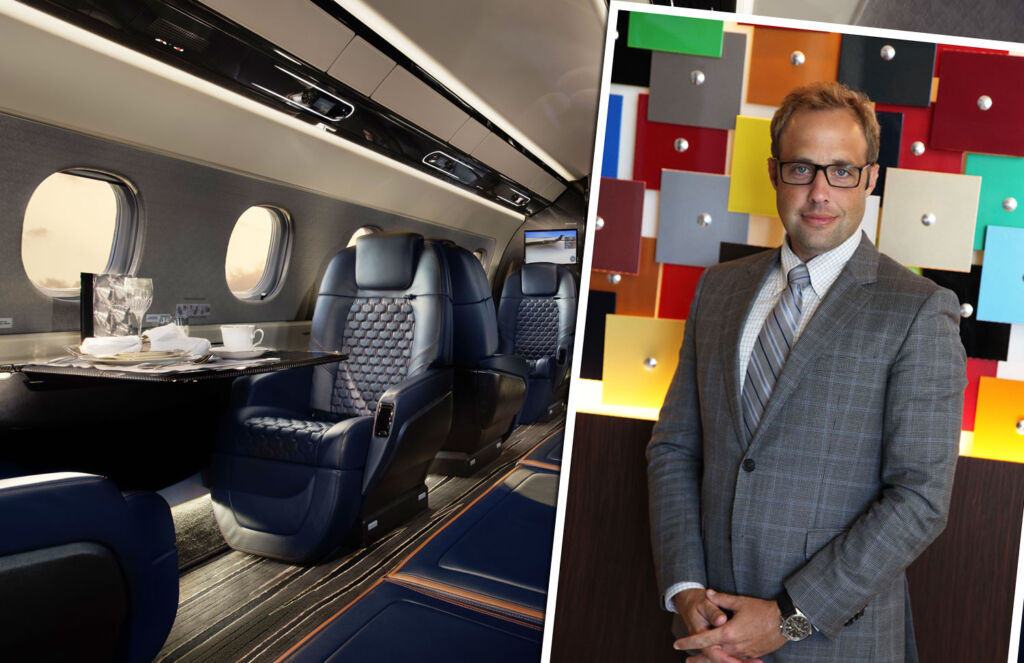
Based in Florida, USA, Jay Beever is the Vice President of Design Operations at Embraer Executive Jets, where he has worked since 2012. He is responsible for aircraft exterior livery, new product development, as well as industrial design and interior design support for customers.
Simon Wittenberg caught up with Jay to find out more about the business and the latest trends that are emerging in private and corporate aviation.
Luxurious Magazine: What are your career highlights, and what sparked your interest in interior design?
Jay Beever: Thank you for asking Simon. There have been so many wonderful moments. The industrial design process is a creative journey, and it affords the ability to create connections with people you never thought were possible.
A “band of brothers” bond is created within the design teams when building on progressive ideas that spawn novelty and emotional interest. In a similar way, working with customers, designing their airplanes, is also a cooperative journey that results in a lot of satisfaction. The goal is for the customer to become the designer.
During my career, I have enjoyed my time at Ford Motor Company, Gulfstream Aerospace and Embraer Executive Jets. With Embraer, I’ve had the opportunity to be involved with projects like the Praetor 500 and Praetor 600, as well as the Phenom 300E interior. At Gulfstream, I was privileged to lead the interior development of the all-new G650 business jet. The 2005 Mustang and Shelby GR-1 are standouts from my Ford Motor Company days.
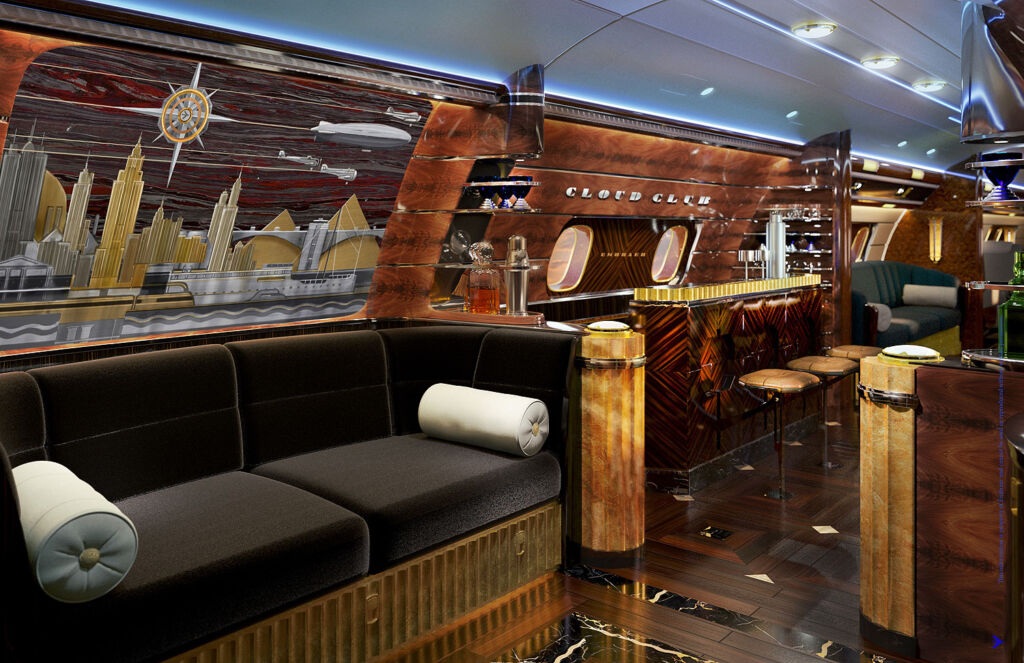
LM: How easy was it to make the transition from the automotive sector to the world of aviation?
Jay Beever: The transition was both easy and difficult at the same time, if that makes sense. It was easy in that, so much of what I learned in automotive can be applied to aircraft interiors.
The difficult detail is that the production volumes are much lower in aerospace, which makes investing in the various tooling types less likely. However, having worked in concept car design for so many years, I was able to bring in companies that could create low-cost, prototype-like tooling that works perfectly for testing aircraft interiors.

LM: What are some of the latest projects you have worked on, and do you manage the whole process from concept to production?
Jay Beever: I feel blessed to work on everything from concepts that inspire the future, to brand new aircraft designs and improvements to our existing products. A couple of recent examples are the Pulse Concept and the Bossa Nova interior for the Phenom 300E. I manage the whole development of interior design projects, for the most part.
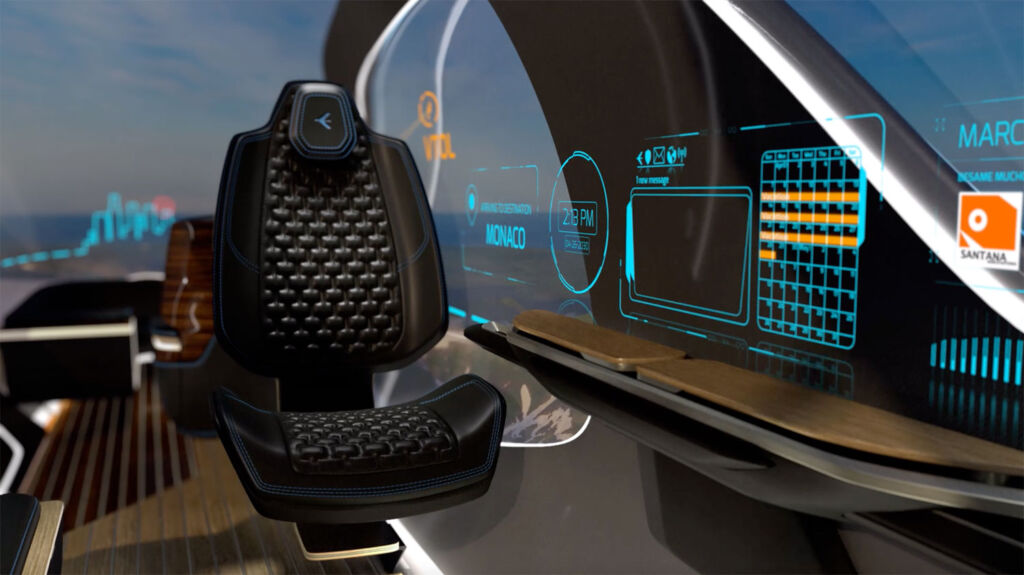
For background, the Pulse is our aerospace version of a concept car, in that concept cars, were created to propose a look or style of the future and gauge customer feedback about what works and what doesn’t. We, of course, want to engage the media and public perception regarding the future of aerospace.
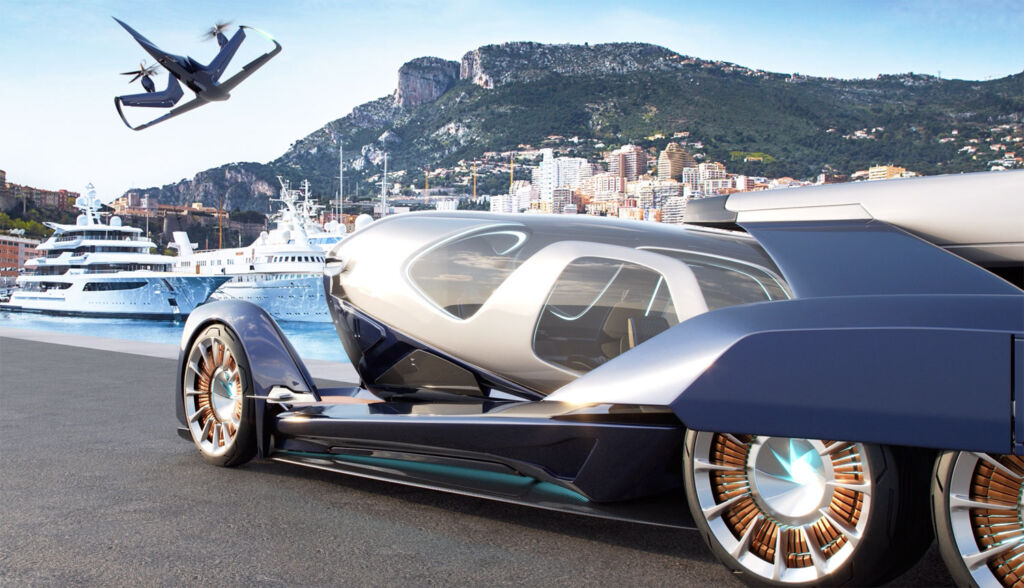
Wouldn’t it be nice if, in the future, we could leave our high-rise New York condo and arrive in Napa Valley without transferring from vehicle-to-vehicle? That’s the kind of vision we created with the Pulse Concept.
Regarding the Bossa Nova interior on the Phenom 300E, it was synonymous with the launch of the new version of the product. Bossa Nova, a style of Brazilian jazz music, means “new trend.” The Phenom 300E Bossa Nova interior is unique for various reasons, including the use of the Ipanema sew style on the seats to evoke traditional Brazilian design, inspired by the sidewalks of Ipanema Beach in Rio de Janeiro, Brazil. You can almost hear the jazz music playing when you sit in the cabin.
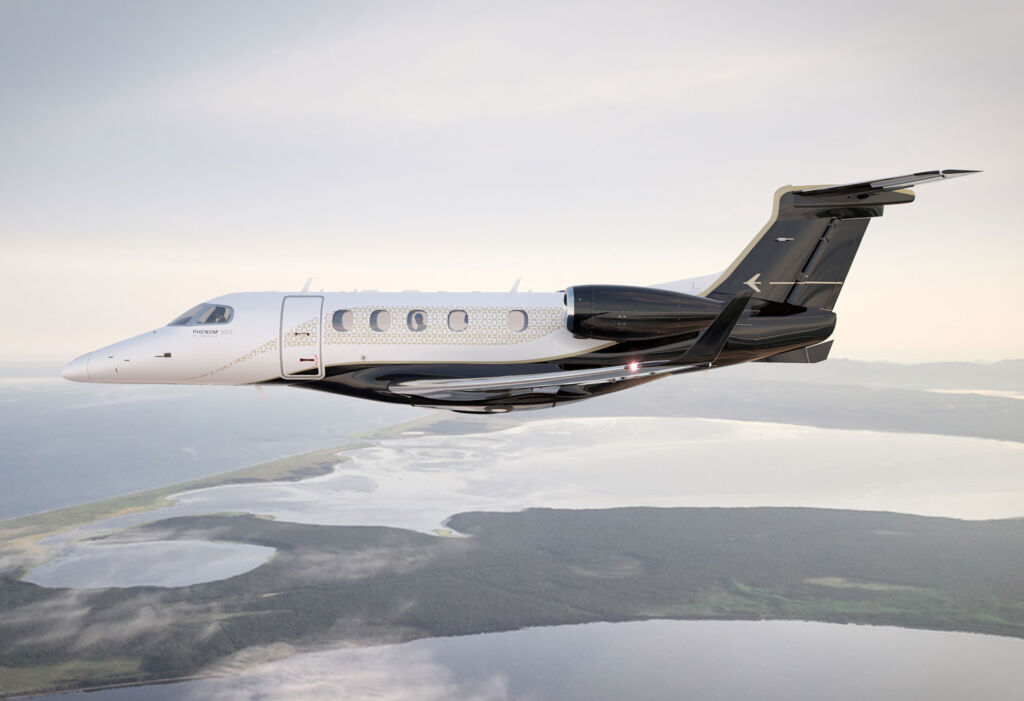
LM: Do you now see private jets being more in demand as fewer people wish to take to the skies en-masse?
Jay Beever: The business aviation industry, in general, has seen an uptick in demand. Now that COVID-19 has drastically changed our lives, individuals have an increased interest in travelling without the added health risk associated with exposure to various touchpoints.
Private aviation provides a means of travel with significantly fewer touchpoints. The charter and fractional markets, where our aircraft are very popular, are experiencing increased interest. For new aircraft sales, though, it may still be anecdotal for now.
LM: With the arrival of COVID-19, are you having to adapt how people interact with each other on a jet, as they are quite intimate spaces?
Jay Beever: As mentioned, private aviation users benefit from significantly reduced touch points during the travel process. In most scenarios, the individual is not sharing transport to the airport – they are transported directly to the aircraft, and they decide with whom to share the cabin.
Embraer is especially well-positioned due to our portfolio of new-generation aircraft. As an example, the Praetor 500 and Praetor 600 were designed with the latest technologies, including the ability to move 100% fresh air through the cabin. The HEPA filter is also standard on both aircraft, which further improves cabin air quality and captures 99.97% of particles, including bacteria, viruses and fungi.
Additionally, at 45,000 feet, Praetor passengers experience a 5,800-foot cabin altitude. More oxygen in the cabin means they are more rested and refreshed following a long journey.
LM: Do you think more people will start flying alone to minimise the risk of catching the virus?
Jay Beever: I think it’s natural to believe this is possible. People appear to be more hesitant to use ride-sharing tools now. Psychologically, this applies to aircraft as well.
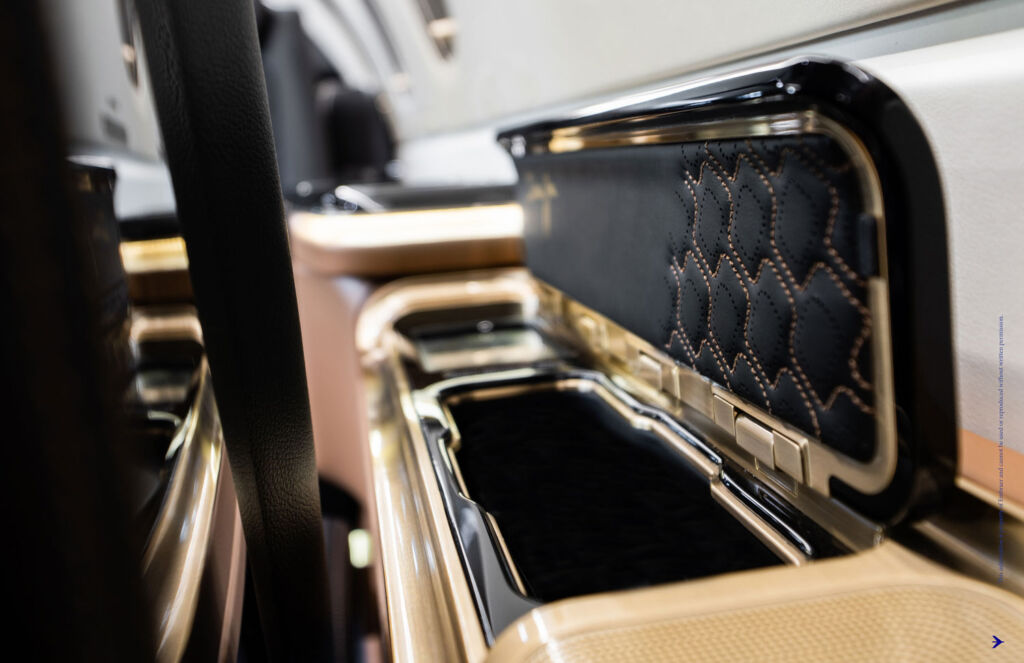
LM: Apart from the COVID-19, what are the other main challenges when designing a jet interior, and can a customer have anything they want, or are there limitations?
Jay Beever: The biggest challenge in private aviation is assuring our ability to maintain a leadership position by providing innovative features that meet the expectations of our customers. This can be difficult because consumer products and the transportation industry change so frequently.
It’s easy to get outdated. To mitigate this issue, we make a concerted effort to create timeless interior designs that hide point-in-time technologies so that the furniture and the natural environment remain the focus of attention.
As for giving the customer anything they want, we come pretty close. The Lineage 1000E Kyoto Airship is one example of what we can do to create the experience of a home in the sky. In this jet, we installed very large vertical windows, enabling guests to sit on the floor for a Japanese dining experience in the second cabin zone. Also, on the Hollywood and Manhattan Airship designs, we provided interior features you can’t find anywhere else.
LM: How do you define luxury, and what are your personal luxuries in life?
Jay Beever: That’s a difficult question because luxury is very subjective and means different things to different people. Good health and more free time might be a luxury for one person while having expensive material goods could be considered a luxury for another. I think luxury is defined by what makes an individual feel content and purposeful.
It’s a luxury for me to have an amazing wife and kids, incredible friendships, and people I love to work with. Anything beyond that is more icing on the cake for me. Oh, and I wouldn’t hate owning an Aston Martin DB4 or DB5 either!
LM: Thank you for your time Jay, and it has been a pleasure talking to you.
Embraer Executive Jets – Where and How?
For more information on Embraer Executive Jets, visit https://executive.embraer.com.
Read more exclusive interviews in our dedicated section here.
![]()


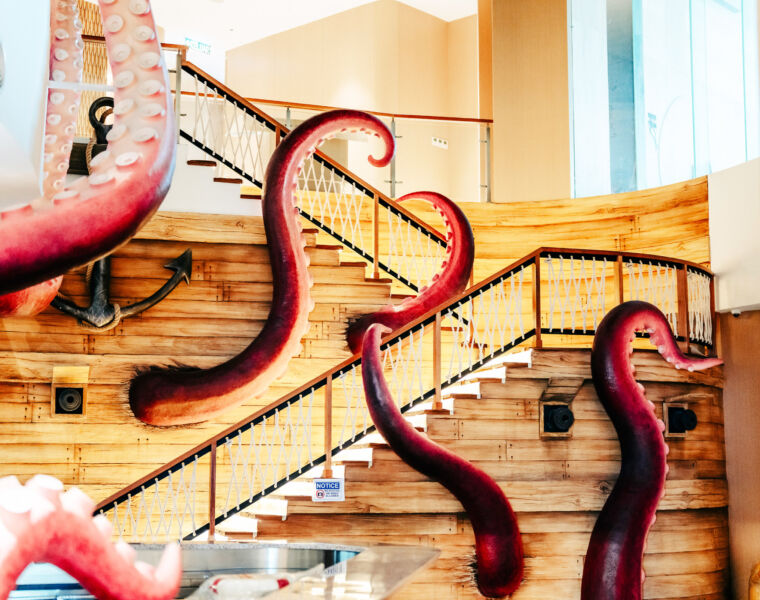
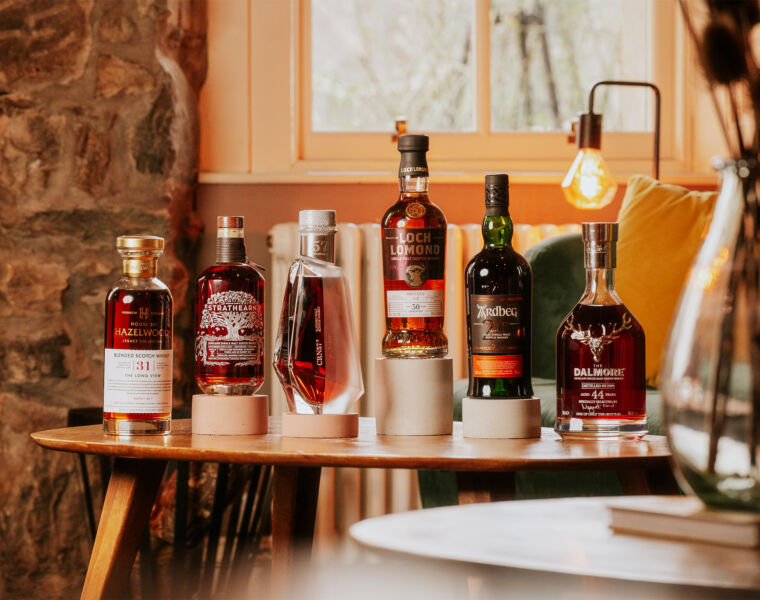
You must be logged in to post a comment.